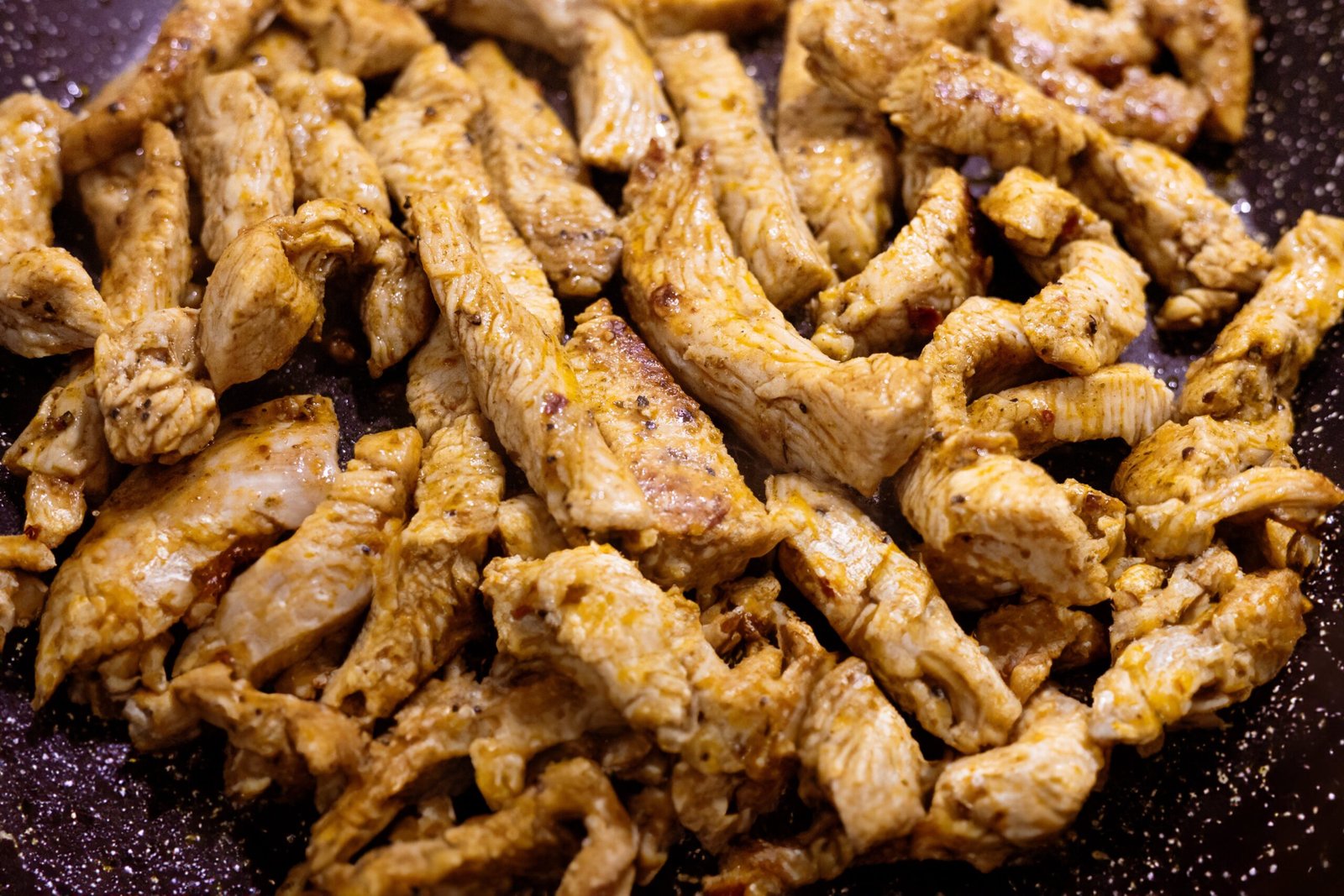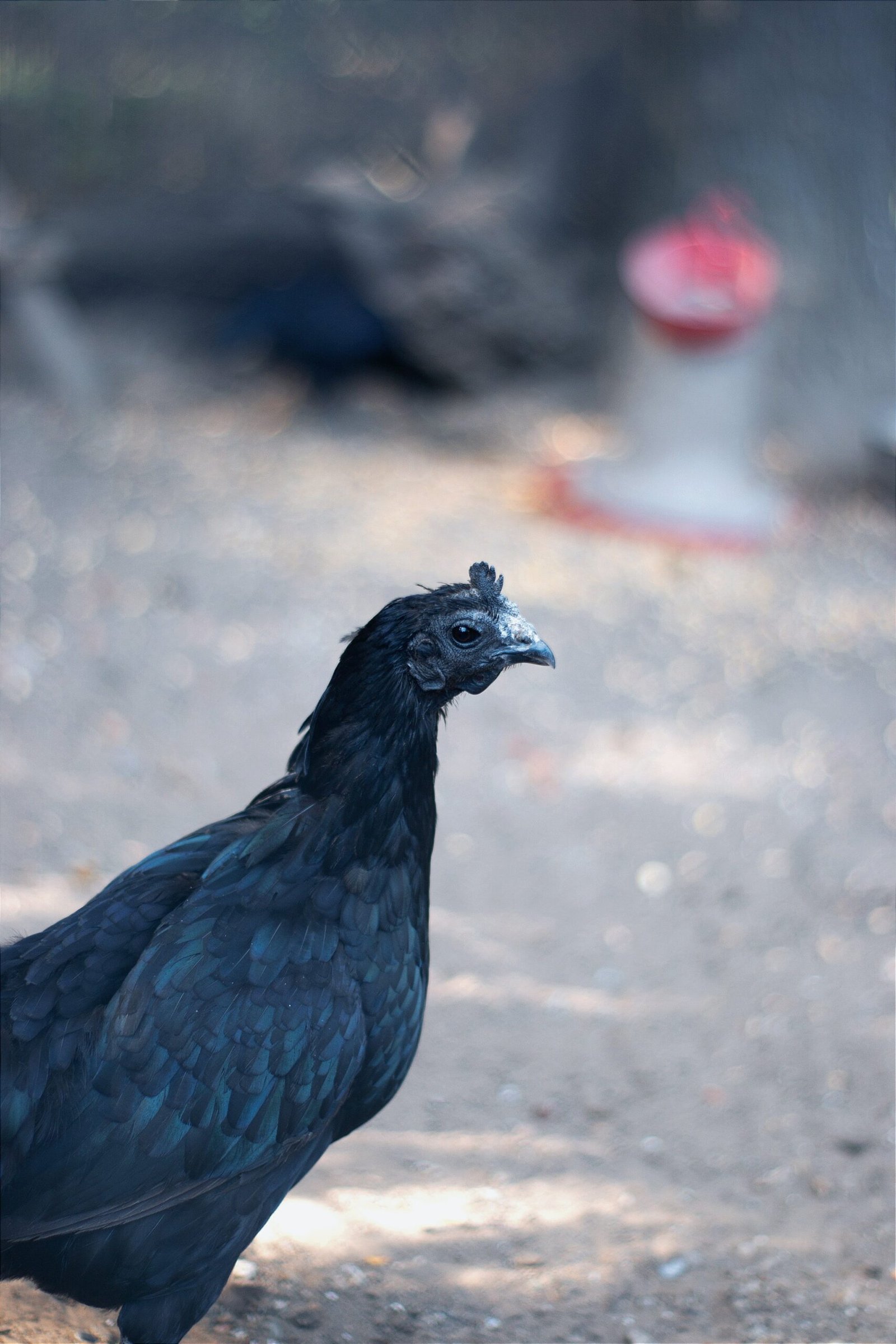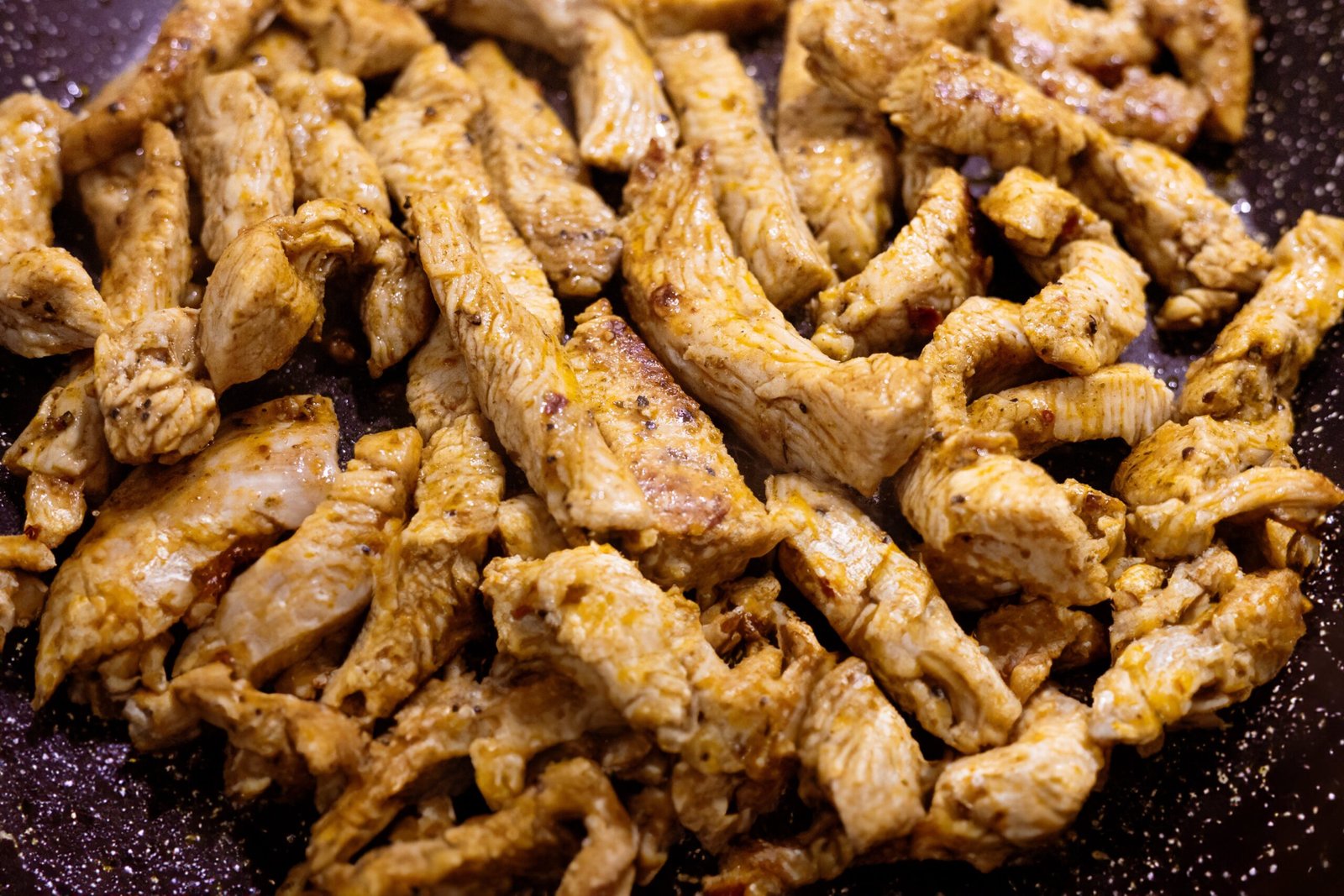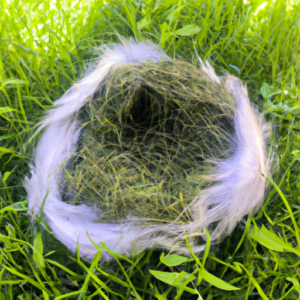
Have you ever wondered how to determine if a chicken is healthy? Look no further! In this article, we will explore the essential indicators of a thriving chicken. From shiny feathers and bright eyes to energetic behavior and a strong appetite, these key signs will help you ensure the well-being of your feathered friends. Discover the secrets to identifying a healthy chicken and learn how to provide them with the care they deserve. Your chickens will thank you for it!

Physical Appearance
Feathers
A healthy chicken will have clean and smooth feathers that are well-groomed. The feathers should be evenly distributed across the body, with no signs of bald patches or excessive molting. A vibrant and glossy appearance is a good indicator of a chicken’s overall health.
Eyes
Healthy chicken eyes should be bright and clear, without any discharge or swelling. The pupils should be symmetrical and responsive to changes in light. Dull or clouded eyes may indicate an underlying health issue that requires attention.
Beak
A healthy chicken’s beak should be clean and free from any abnormal growth or deformities. It should be properly aligned and able to peck and eat without difficulty. Blisters or sores on the beak may be a sign of a nutritional deficiency or an environmental issue.
Comb and Wattles
The comb and wattles of a healthy chicken should be vibrant, firm, and free from discoloration or swelling. These fleshy parts atop the chicken’s head serve as indicators of blood circulation and overall health. A pale or discolored comb and wattles may suggest anemia or poor circulation.
Legs and Feet
Healthy chicken legs and feet should be strong and properly scaled. The scales should be intact and smooth, without any lesions or signs of infection. The chicken should be able to use its legs and feet for walking and perching without limping or discomfort.
Active and Alert Behavior
Activity Level
A healthy chicken will exhibit an appropriate level of activity, ranging from scratching and pecking for food to exploring its surroundings. It should be able to move around freely and engage in natural behaviors. Lethargy or excessive tiredness may be a sign of illness.
Alertness
A healthy chicken will be alert and aware of its surroundings. It should respond to visual and auditory stimuli, showing curiosity and interest in its environment. Lack of awareness or a constant state of drowsiness may indicate a health issue that needs attention.
Response to Stimuli
A healthy chicken should react appropriately to stimuli, such as sudden loud noises or the approach of a human. It should be able to move away from potential threats and show signs of fear or alarm when necessary. A lack of response or abnormal reactions may indicate a neurological or sensory issue.

Appetite and Eating Habits
Regular Eating
A healthy chicken should have a regular and consistent appetite. It should eagerly peck at its food and finish meals within a reasonable time. Any sudden changes in eating habits, such as loss of appetite or excessive food consumption, may indicate a health problem.
Adequate Water Intake
A healthy chicken should have access to clean and fresh water at all times. It should consume an appropriate amount of water to stay hydrated. A decrease in water intake or signs of dehydration, such as sunken eyes or dry skin, may indicate an underlying health issue.
Proper Digestion
A healthy chicken will have regular and well-formed droppings. The droppings should have a solid consistency with a dark brown color and a distinct white cap. Diarrhea or abnormal droppings may suggest a digestive disorder or infection.
Vocalization
Normal Clucking
A healthy chicken will engage in normal clucking as a means of communication within the flock. Clucking may serve various purposes, including expressing contentment, alerting others to food sources, or signaling danger. An absence of clucking or abnormal vocalization may indicate a health issue.
Distinctive Sounds
In addition to clucking, healthy chickens may produce distinctive sounds, such as crowing (for roosters) or soft cooing. These sounds are part of their natural behavior and may vary depending on the breed. Any changes in vocal patterns or unusual sounds may suggest an underlying health concern.

Respiratory Health
Clear Nostrils
A healthy chicken should have clear nostrils without any discharge or mucus accumulation. The nasal passages should be free from blockages or swollen tissues. Any signs of nasal congestion or abnormal secretions may suggest a respiratory infection.
Normal Breathing
Healthy chickens should demonstrate normal breathing patterns, which are typically smooth and unlabored. They should not exhibit any wheezing, gasping, or rapid breathing. Difficulty breathing or abnormal respiratory sounds may indicate a respiratory illness or airway obstruction.
No Coughing or Sneezing
A healthy chicken should not frequently cough or sneeze. Occasional coughing or sneezing in response to environmental irritants is normal, but persistent or frequent coughing and sneezing may be signs of respiratory distress or infection.
Grooming and Preening
Feather Cleanliness
A healthy chicken will engage in regular grooming and preening to keep its feathers clean. Feathers should appear free from dirt, debris, or parasites. The chicken should be able to reach and groom all parts of its body without difficulty.
Dust Bathing
Dust bathing is a natural behavior of chickens that helps to keep their feathers clean and control external parasites. A healthy chicken should have access to a suitable area where it can dig, roll, and fluff its feathers in dry dirt or dust. Regular dust bathing is a positive sign of a chicken’s wellbeing.
Weight and Body Condition
Healthy Weight Range
A healthy chicken should maintain an appropriate weight for its breed and age. Significant weight loss or gain may indicate an underlying health issue, such as malnutrition or metabolic disorders. Regular monitoring of a chicken’s weight can help identify potential problems.
Muscle and Fat Distribution
A healthy chicken should have well-developed muscles and a proportionate distribution of fat throughout its body. Muscles should be firm and visibly defined, indicating proper nutrition and exercise. Excessive fat deposits or muscle wasting may raise concerns about the chicken’s overall health.
Egg Production
Consistent Egg Laying
A healthy laying chicken should have consistent egg production within its breed’s typical laying cycle. It should lay eggs regularly, with intervals that align with the breed’s average time frame. A sudden decrease in egg production or prolonged periods without laying may require veterinary attention.
Shell Quality
Healthy chicken eggs should have clean and intact shells. The shells should be strong and not easily cracked, ensuring the protection of the developing embryos inside. Soft or thin shells, irregular shapes, or rough textures may indicate nutrient deficiencies or reproductive disorders.
Normal Shape and Size
Healthy chicken eggs should have consistent shape and size, characteristic of their breed. Abnormal egg shapes or sizes may suggest reproductive issues or underlying health concerns. Regular monitoring of egg quality is important for assessing a chicken’s overall reproductive health.
Social Interaction
Interacting with Other Chickens
A healthy chicken should actively engage with its flock members, participating in normal social behaviors. It should exhibit social hierarchy and pecking order dynamics without aggressive or excessive bullying. Isolation or avoidance of other chickens may indicate health or behavioral issues.
Maintaining Pecking Order
Within a flock, chickens establish a pecking order to maintain order and social harmony. A healthy chicken will understand and respect its position in the pecking order, both as a dominant or subordinate member. Aggressive dominance or excessive submissive behavior may suggest underlying health or behavioral problems.
Overall Vitality
Good Energy Levels
A healthy chicken will display good energy levels, actively moving and engaging in its environment. It should have the stamina to perform daily activities, such as foraging, roosting, and dust bathing. Persistent lethargy or a lack of energy may indicate an underlying health issue.
Happy Demeanor
A healthy chicken will exhibit a generally content and calm demeanor. It should display normal social behaviors and show signs of happiness, such as relaxed posture, normal vocalization, and engagement in natural behaviors. Signs of anxiety, stress, or constant agitation may suggest health or environmental issues.
Life Expectancy
The overall vitality and health of a chicken greatly influence its life expectancy. A well-cared-for and healthy chicken can live for six to ten years or even longer, depending on the breed and genetics. Regular monitoring of a chicken’s physical and behavioral health is important for ensuring a long and fulfilling life.
In conclusion, monitoring multiple aspects of a chicken’s physical appearance, behavior, dietary habits, vocalization, respiratory health, grooming, weight, egg production, social interaction, vitality, and overall well-being is necessary to assess its health. By paying attention to these key signs, you can ensure that your chicken remains healthy and thrives in its environment. Regular veterinary check-ups and proper care are essential for maintaining the well-being of your feathered friend.







